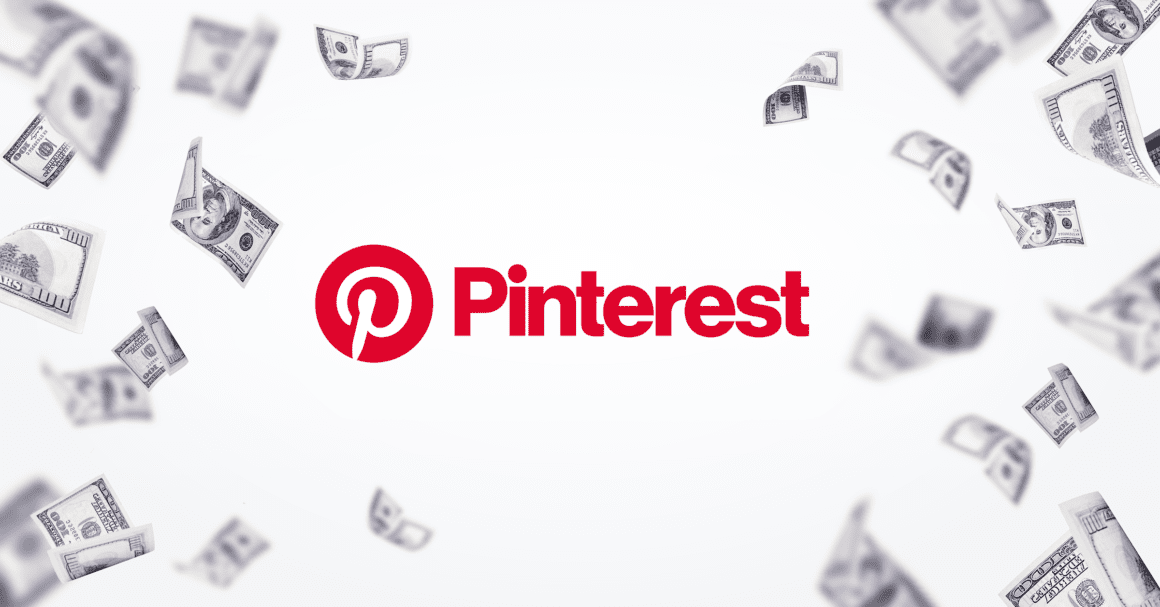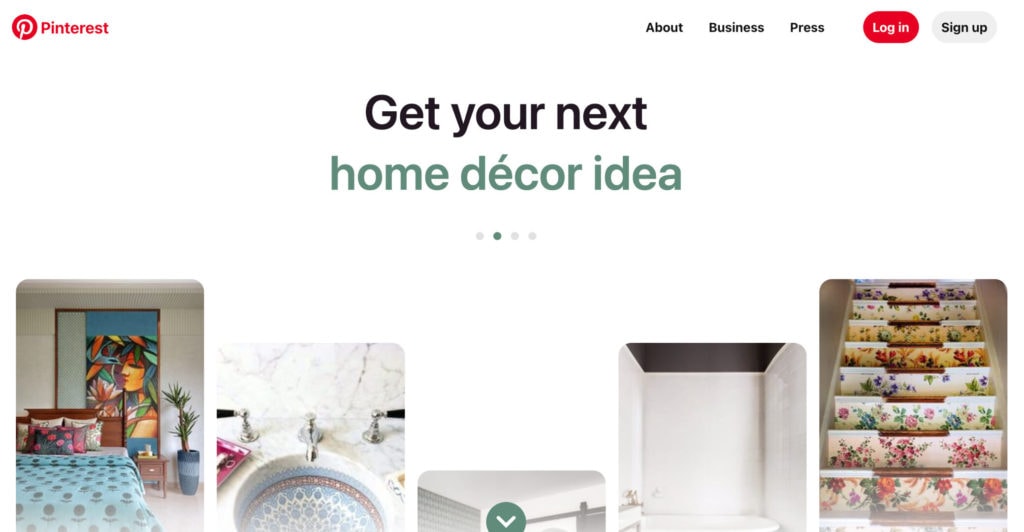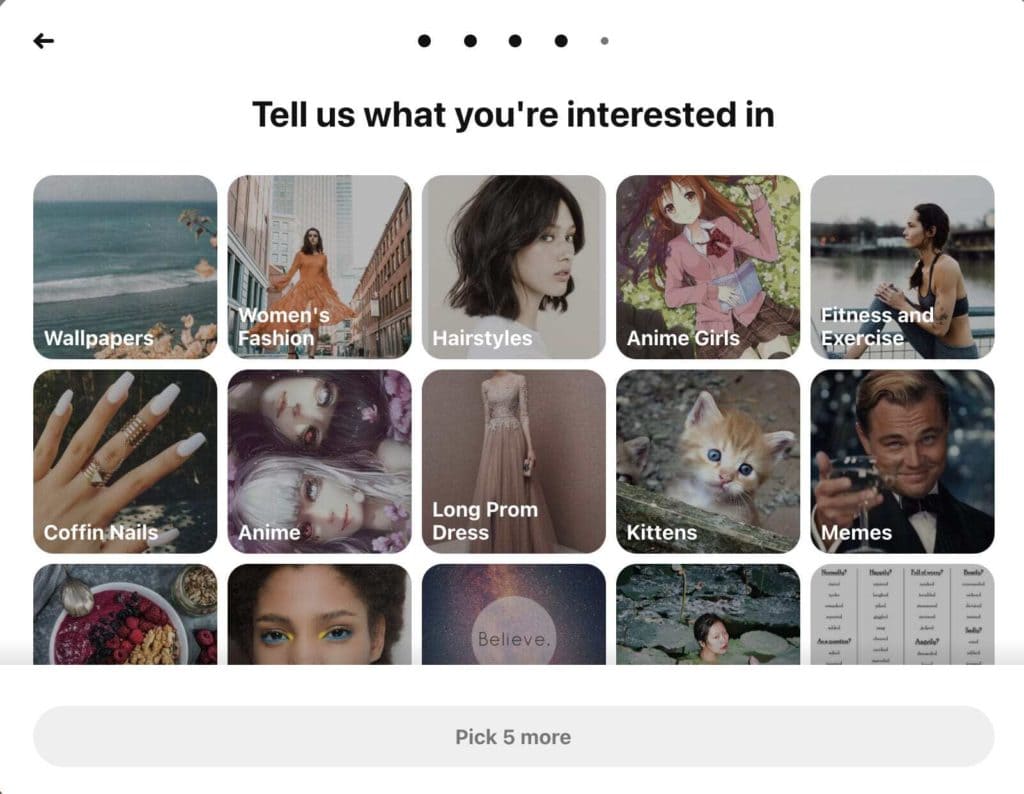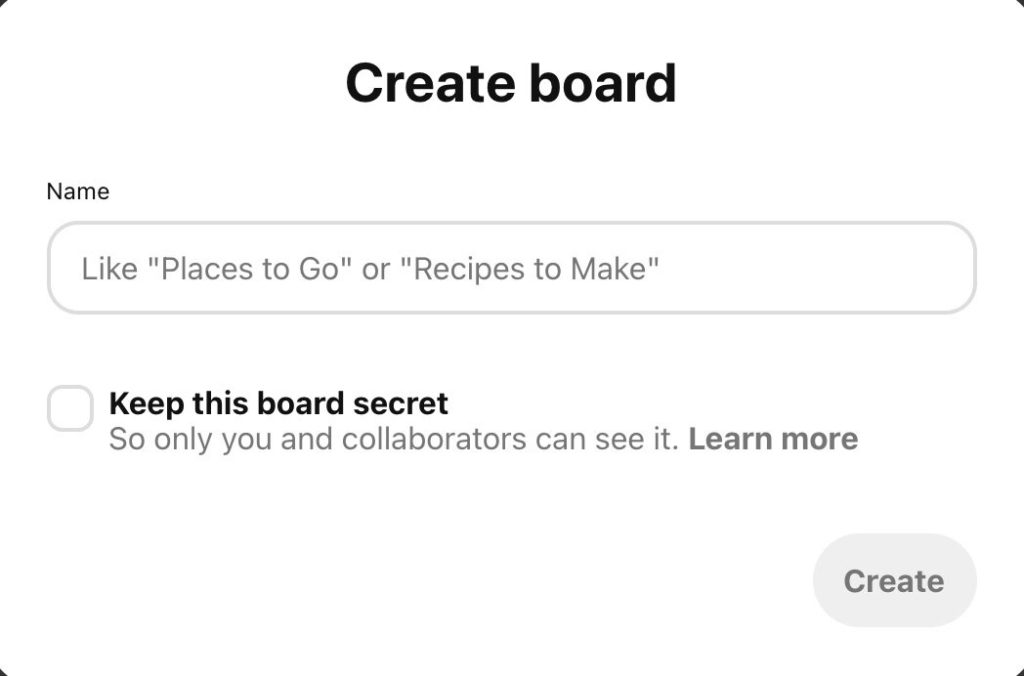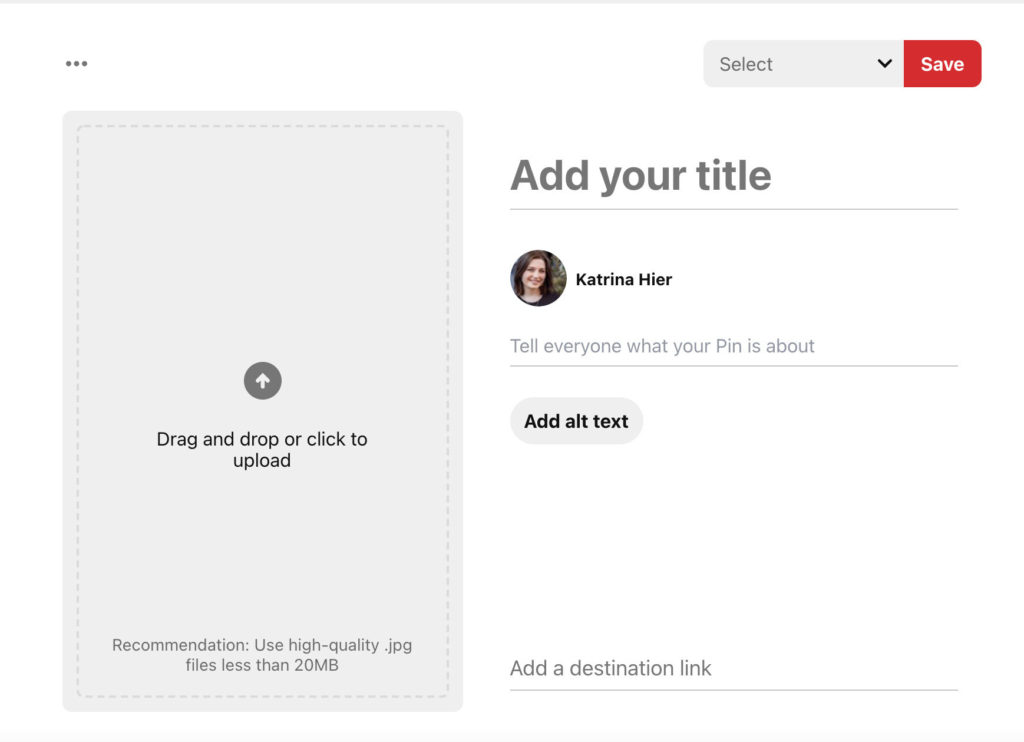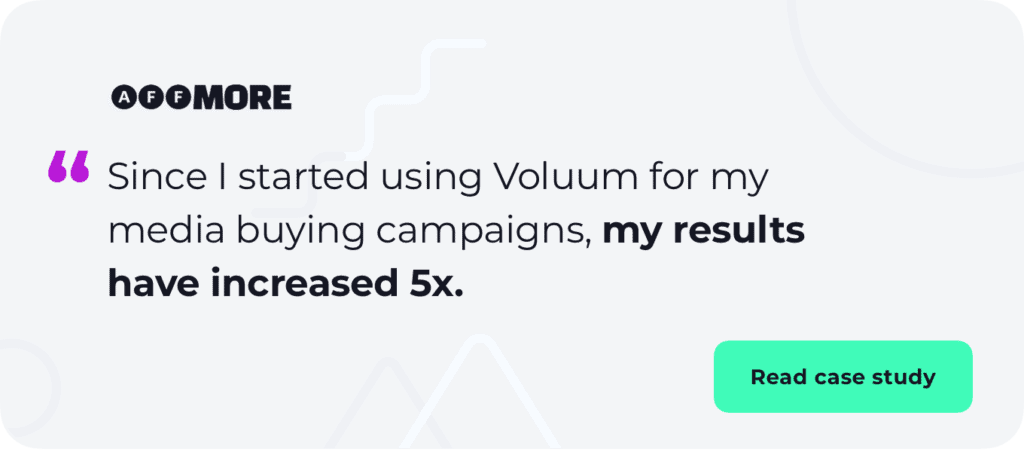Pinterest has quietly evolved into one of the most powerful platforms for affiliate marketers in 2025. No longer just a digital scrapbook for recipes and DIY projects, Pinterest is now a visual search engine with over 537 million monthly active users, many of whom are ready to shop.
What sets Pinterest apart? It’s the intent. Users come to Pinterest to plan, dream, and discover—often with the goal of making a purchase. Whether it’s home decor, fashion, or fitness gear, Pinterest users are actively looking for inspiration and solutions. That makes it a goldmine for affiliate marketers who know how to tap into this intent with the right content and strategy.
In this guide, we’ll walk you through everything you need to know to succeed with Pinterest affiliate marketing in 2025—from getting started to mastering advanced strategies and tools.
Why Pinterest Affiliate Marketing Works in 2025
Pinterest affiliate marketing is more powerful than ever in 2025 thanks to a few key developments:
- Visual-first commerce: Pinterest has doubled down on visual shopping experiences, including AR Try-On for beauty and home decor, dynamic video pins, and Shopping API integrations 1.
- High buyer intent: Users are still creating “dream boards” filled with products they want to buy—making them primed for affiliate offers.
- Low competition: Compared to Instagram or TikTok, Pinterest remains relatively untapped by affiliate marketers, giving you a better chance to stand out.
- SEO-friendly: Pinterest’s internal search engine rewards keyword-optimized content, giving you long-term visibility for your pins.
With these advantages, Pinterest is no longer just a nice-to-have—it’s a must-have in your affiliate marketing toolkit.

How to Start Pinterest Affiliate Marketing in 2025: A Step-by-Step Guide
Here’s your beginner-friendly roadmap to launching a successful Pinterest affiliate marketing strategy:
1. Create a Pinterest Business Account
Start by signing up for a Pinterest Business account. This gives you access to analytics, ad tools, and rich pins. Fill out your profile with a keyword-rich bio and a branded profile image.
2. Choose a Profitable Niche
Stick to Pinterest-friendly niches like:
- Home decor
- Fashion
- Beauty
- DIY & crafts
- Health & wellness
- Personal finance
Your niche should be visually appealing and align with your affiliate offers.
3. Set Up Boards Strategically
Create 6–10 boards that reflect subtopics within your niche. Use keyword-rich titles and descriptions. For example, if your niche is fitness, boards could include “Home Workouts,” “Healthy Meal Prep,” and “Fitness Gear Reviews.”
4. Design High-Quality Pins
Use tools like Canva or Photoshop to create vertical pins (1000x1500px is ideal). Include:
- Eye-catching visuals
- Clear text overlays
- Strong CTAs
- Keyword-optimized titles and descriptions
5. Add Affiliate Links (The Right Way)
You can add affiliate links directly to your pins—just make sure:
- The affiliate program allows Pinterest links
- You disclose the relationship (e.g., #affiliate or #ad)
- You avoid link cloaking (no Bitly or shortened URLs)
Alternatively, link to a blog post or landing page that contains your affiliate links.
6. Schedule Pins Consistently
Use a scheduler like Tailwind to post 10–40 pins per day. Maintain a mix of:
- 70% repins
- 20% original content
- 10% affiliate pins
Consistency signals activity to Pinterest’s algorithm.
7. Track Performance
Use Pinterest Analytics and a dedicated affiliate tracker like Voluum to monitor:
- Click-through rates
- Conversion rates
- Top-performing pins and keywords
This data helps you optimize your strategy over time.
8. Grow Your Audience
Engage with others by:
- Commenting on pins
- Joining group boards
- Collaborating with influencers
- Sharing your pins across platforms
The more engagement you get, the more Pinterest will boost your content.
Affiliate program & Affiliate link
So advertising affiliate offers on Pinterest is pretty straightforward: just insert your affiliate link in your pin.
But it’s not always that easy. You have to make sure your affiliate program allows for your link to be posted on Pinterest. It’s a big enough platform that certain affiliate programs have specific rules for the visual search engine. Or, their rules aren’t all that specific…
For example, the Amazon Associates program has differing rules per regional program. While the European Amazon affiliates are free to post links to Pinterest, the US policy is not as clear. Many other affiliate bloggers have posted mixed reviews about the policy of Amazon affiliate links on Pinterest.
What can you do in this case? Link to your blog post on the topic. Of course, this requires that you have a website or at least a landing page. If you want to do Pinterest affiliate marketing without a website, make sure to find an affiliate program that allows you to post directly to Pinterest.
An affiliate marketing software like Voluum can help you stay on top of your affiliate links and their performance. But there are some important rules to follow however with affiliate links:
- Avoid link cloaking. In other words, don’t shorten affiliate links with tools like Bitly and don’t hyperlink them to text.
- Make sure to disclose affiliate links. The Federal Trade Commission requires that affiliates clearly show that you can make income off a purchase from that link. Hashtags or statements like “sponsored”, “ad”, or otherwise will suffice.
- Check that the given board allows affiliate links to be posted.
By breaking the rules you risk a punishment and fines from the FTC. Or, your Pinterest or affiliate program accounts can be penalized… and that might be even worse.
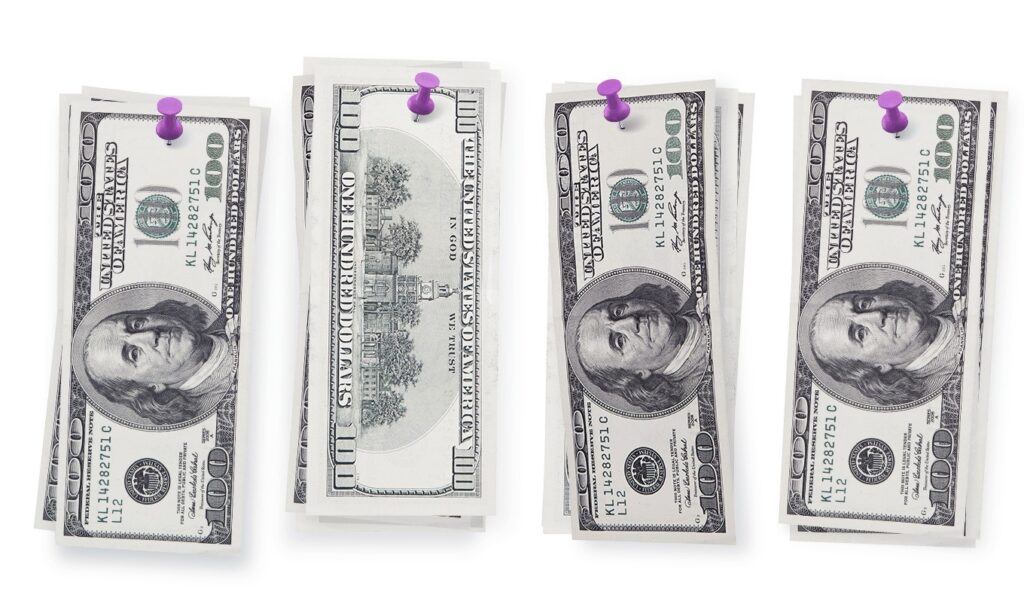
6 Best Pinterest Affiliate Marketing Tools
Here are the top tools to streamline your Pinterest affiliate marketing workflow:
1. Canva
A user-friendly design tool perfect for creating stunning pins. Use templates, fonts, and stock images to make your visuals pop.
2. Tailwind
A Pinterest-approved scheduler that lets you plan and automate your pinning strategy. Includes analytics and SmartLoop for evergreen content.
3. Voluum
An advanced affiliate tracking platform that helps you monitor clicks, conversions, and ROI. Essential for optimizing your campaigns.
4. Pinterest Trends
Pinterest’s own tool for discovering trending keywords and topics. Great for planning seasonal content and staying relevant.
5. Unsplash / Pexels
Free stock photo libraries with high-quality images. Ideal for non-designers who need beautiful visuals for their pins.
6. KeywordTool.io (Pinterest tab)
A keyword research tool that pulls real Pinterest search data. Use it to find high-volume, low-competition keywords for your pins.
Top 8 Pinterest Affiliate Marketing Strategies for 2025
But you’re not going to be making sales and profits through the roof simply by assembling some pretty photos. Pinterest affiliate marketing may be relatively easier and cheaper, but it will require targeted strategies and conscious effort. Here are the top 8 strategies for making affiliate sales on Pinterest.

1. Leverage Video Pins and AR Features
Pinterest now supports video pins and AR Try-On. Use these to showcase products in action—especially for beauty, fashion, and home decor.
2. Focus on Search Intent
Use Pinterest’s search bar to find trending keywords. Optimize your pins for long-tail keywords that match user intent (e.g., “budget-friendly home office ideas”).
3. Create Educational “Instructographics”
These are step-by-step visual guides that perform well on Pinterest. Think “How to style a capsule wardrobe” or “5-minute skincare routine.”
4. Use Rich Pins
Enable Rich Pins to automatically pull metadata from your website, making your pins more informative and clickable.
5. Build an Email Funnel
Use lead magnets (like free guides or checklists) to collect emails from Pinterest traffic. Then promote affiliate offers via email.
6. Collaborate with Micro-Influencers
Partner with Pinterest creators in your niche to expand your reach. Influencer pins often get higher engagement and repins.
7. Repurpose Blog Content
Turn your blog posts into multiple pins. Each pin can highlight a different angle or benefit, linking back to the same post.
8. Analyze & Optimize Weekly
Use tools like Voluum to track which pins and offers convert best. Double down on what works and cut what doesn’t.
Pinterest Affiliate Marketing: Yay or nay?
If you couldn’t tell, we recommend Pinterest as a resource for affiliate marketers.

It’s a profitable supplement for all levels of affiliate marketers, not just because of its power to convert and lack of competition – but also because it’s pretty cheap and risk-free.
But, you’ll need a solution that keeps track of every aspect of your affiliate marketing campaigns. Let that solution be Voluum Tracker.

